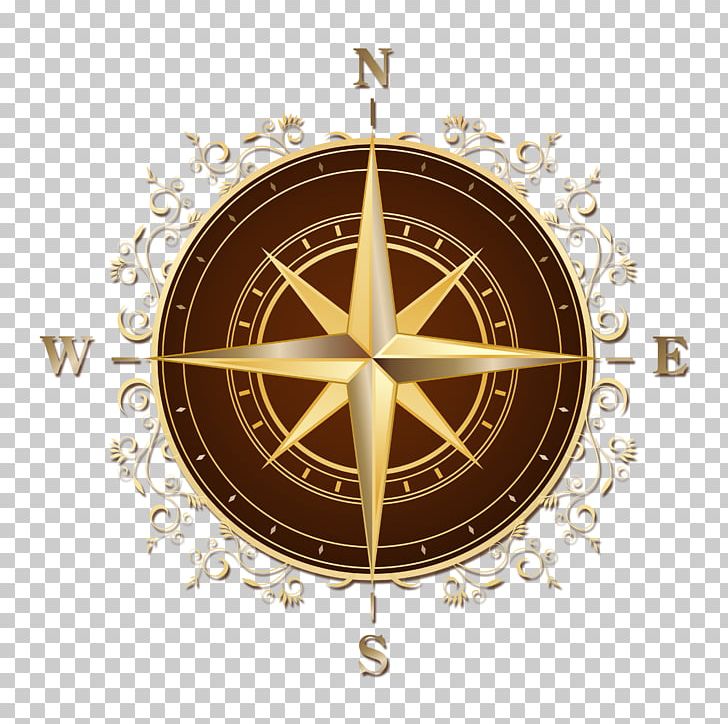

We make a compound name from the two cardinal directions on either side. Once you give names to these four special sun-given ‘cardinal’ directions, what if you want to be more precise, and name a direction that isn’t exactly one of these four? What’s the direction of that boat over there, the one between East and South? One way is to just put together the directions on each side. (I have been unable to determine the etymology of the word ‘North’.) This direction, of course, is ‘North’, and the star is Polaris, or the North Star. It is always there, regardless of the time of night or the month of the year. (Again, I’m assuming you live in the Northern Hemisphere.) Most stars are in different places at different times, but this one never moves. If you wait until after the sun goes down, however, you can find one certain particular star, the one halfway between Cassiopeia and the Big Dipper, that is always there. There isn't anything particularly interesting in the sky in this direction … at least not during the day. The fourth of the ‘four corners of the horizon’ is the direction opposite to the sun at mid-day, the direction that shadows will point at noon. (If you want to trace the exact path of the sun, this would be a good time to use a sundial … perhaps a pencil stuck vertically into a spool and set upon a piece of paper on which you trace the shadows, or a pole on the playground with sidewalk chalk markings to follow the shadows.) Our name for the direction of the sun at mid-day (South) has roots that are a bit more obscure, but it is probably related to the word ‘sun’. Vertical poles will never point straight at the sun, and their shadows will never vanish. In between morning and evening, the sun goes high in the sky, but if you pay close attention (and assuming you do not live near the equator) you find that it does not ever go directly overhead.

We name that special direction, where the sun always sets, ‘West’, which relates to the Latin vesper, evening. Students should likewise notice that the sun goes down over there, in that direction, opposite to East, every day, no matter where you are. We name this special direction where the sun always rises ‘East’ … from a word that can be traced back to Greek and Latin roots for ‘dawn’. Students should notice that the sun always rises in the same direction … on that side of the house, or over that hill, or wherever the sun rises from where you are. Cardinal DirectionsĬertain special events always happen in the same direction, every day, no matter where you are. We start by naming certain special directions on the horizon (the cardinal directions), and then we can get more refined from there. How can we give names to all the different positions on that horizontal circle around us? How can we give names to which way we are looking or pointing? Perhaps one of the first activities that Elementary students should perform in Astronomy or Earth Science is to become familiar with how we name terrestrial and celestial directions. Every day, the sun, the moon, and all of the stars rise and set, each crossing the horizon at their own position somewhere on that horizon. Go outdoors and look at the horizon around you.

Printable outlines of compass roses for kids to color, with or without solstice marks.


 0 kommentar(er)
0 kommentar(er)
